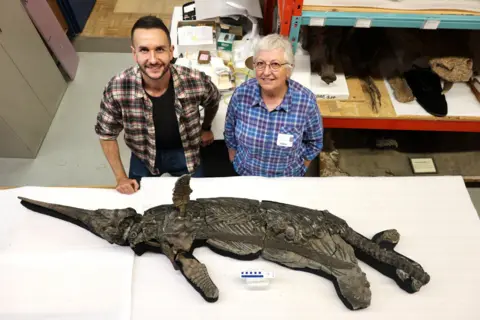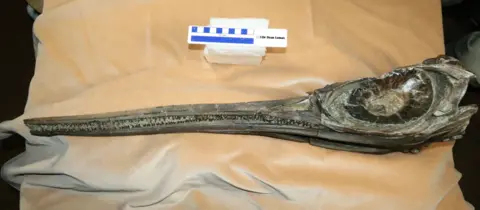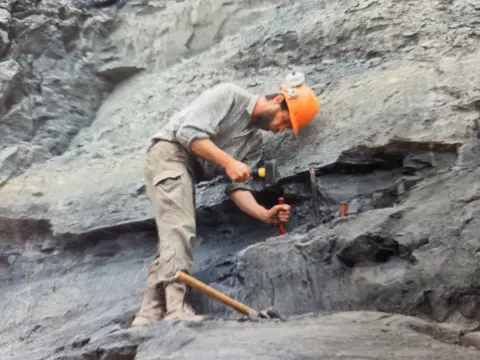Celia Imrie is one of several famous faces appearing on the BBC’s Celebrity Traitors, and in the past, the beloved actress, who’s appeared in Bridget Jones, has shared glimpses of her life
Celia Imrie had no wishes to marry – or date, but after wanting a child took a slightly unconventional route to motherhood. The actress is one of the famous faces starring in BBC hit Celebrity Traitors.
She’s joined in the castle by the likes of Alan Carr, Charlotte Church, Kate Garraway, Lucy Beaumont, Jonathan Ross, Clare Balding, Cat Burns and Stephen Fry. Celia believes being an actor gives her “quite an advantage” to the game, but has shared a number of personal revelations in the series so far.
Celia has spoken of her special arrangement with the late actor, Benjamin Whitrow. Celia has made it no secret that she had no intentions of getting married, but had always wanted to be a mum. She and Benjamin welcomed son Angus, also an actor, who has appeared in Station Jim, The Crown and Flea Bag.
Now, 73, when she was in her 40s, Celia asked Whitrow for a child but revealed she didn’t expect him to contribute towards their son’s life. Instead, she made the decision that she would raise their child completley alone. Speaking about her deal with Whitrow, she told the Telegraph: “Angus was devoted to his father and, though I’ve never really said it properly, Ben and I did have a romance.
“I wanted to have his baby before it was too late, and he [Whitrow] was very, very honest with him [Angus], and he accepted that and was a wonderful father.” Whitrow, known for playing Mr Bennett in Pride and Prejudice, died in September 2017, aged 80.
She said it was “very tough” and that she had lost “a very darling friend”. Prior to his death, Celia had insisted that they were just friends. She and Whitrow, who was divorced with two adult children, met in the 1990s, and it was during a walk on the beach when she asked him to father her son.
Reflecting on this, she said in her memoir, Happy Hoofer: “We gradually got to know each other and grew very fond. He thought perhaps in time…but because Ben had a grown-up family I was very anxious not to upset them.
“Ben and I walked on the beach one day as I laid out my terms. As long as he understood I would not ask for anything, I wouldn’t want to live with him, or marry him, would never ask for money for the child and I would be responsible for choosing and paying for the child’s education, accommodation, clothing – everything.
“I was trying to be clear and true. Some people might say calculated, but I would say I was being honest. If Ben could take all that on board, I said, then his offer to fulfil my wish for a child would be wonderful. He has proved to be a marvellous father to Angus. And his whole family has been very welcoming.”
Celia has been very clear that she prefers friendship to sex and has no desire to marry. Speaking to the Telegraph in 2013, she said: “I have a horror of boring someone or, worse still, of someone boring me. I said to my mother when I was seven, ‘But, Mums, if it was only my husband and me in the house together, what would we talk about?’ I’ve never wanted to answer my own question, and doubt I’ll bother now.”
Like this story? For more of the latest showbiz news and gossip, follow Mirror Celebs on TikTok, Snapchat, Instagram, Twitter, Facebook, YouTube and Threads.














